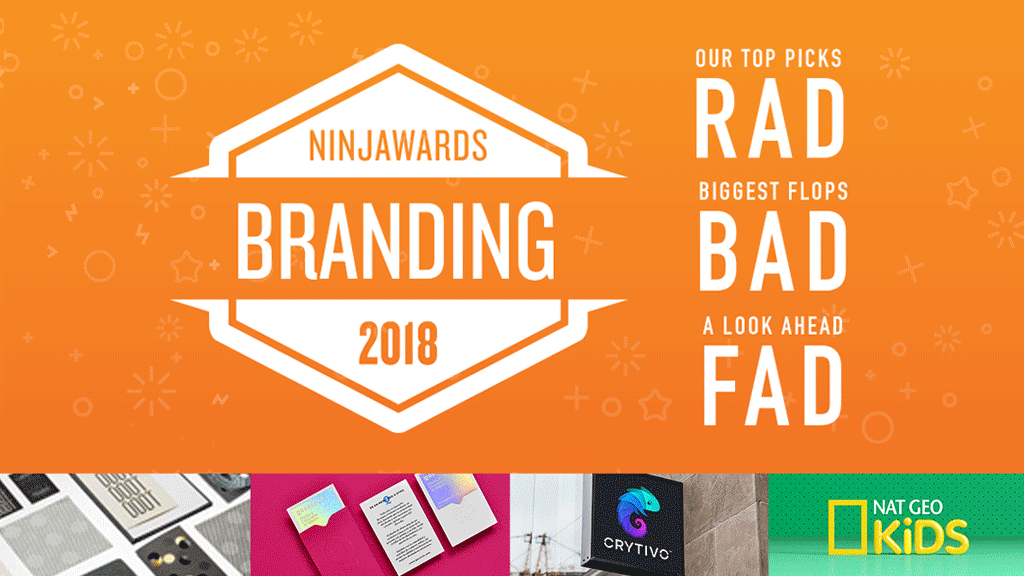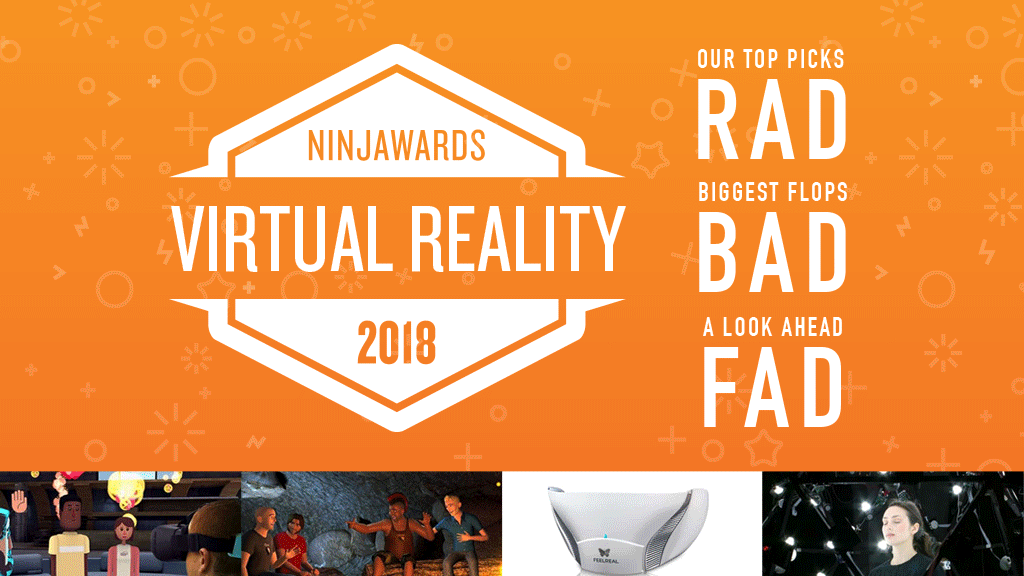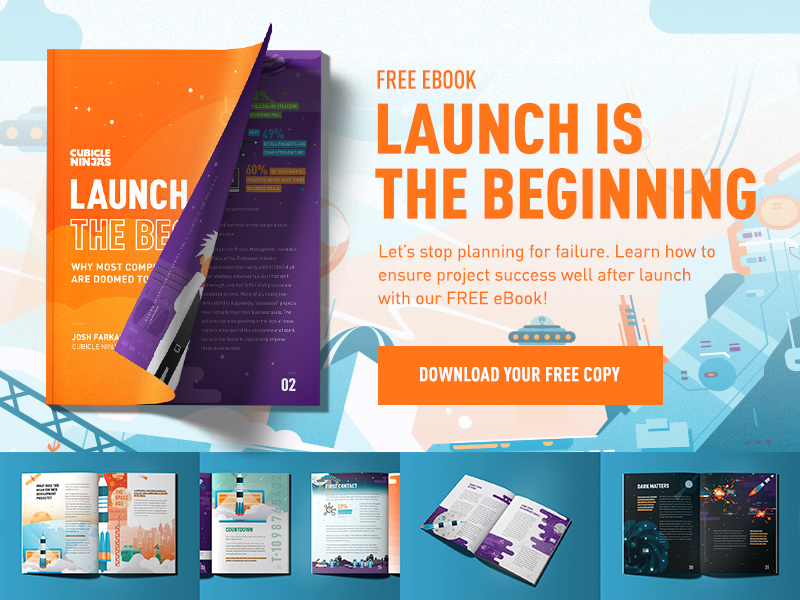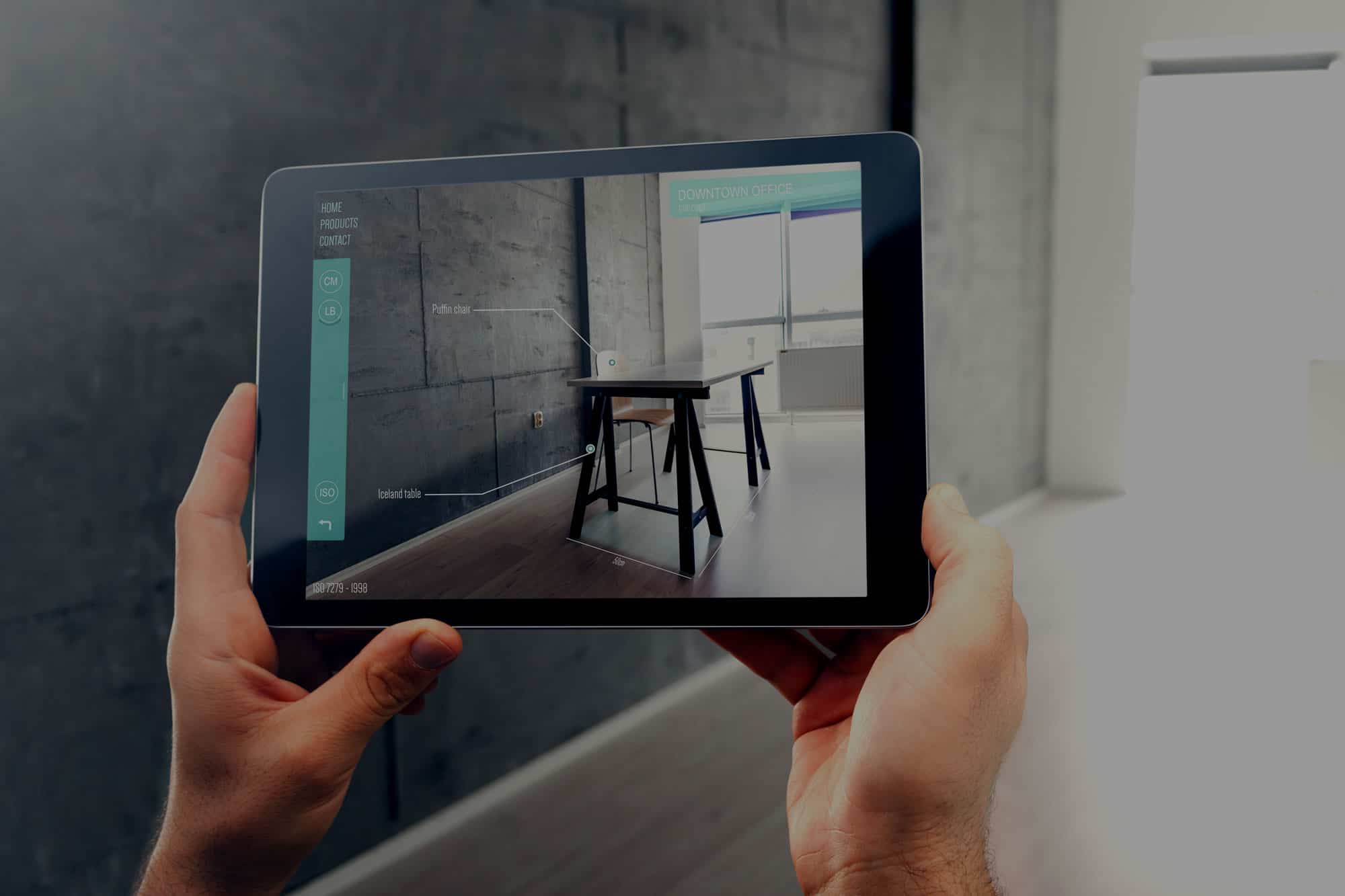

The Final Platform
The transition from 2D interfaces is the final evolution for creative. One day, we’ll live in a primarily 3D world. And those that begin solving these challenges today will be prepared to proactively solve them in the future. We can’t grow new senses, but we can be prepared for the massive creative transformation that will happen across the next decade.

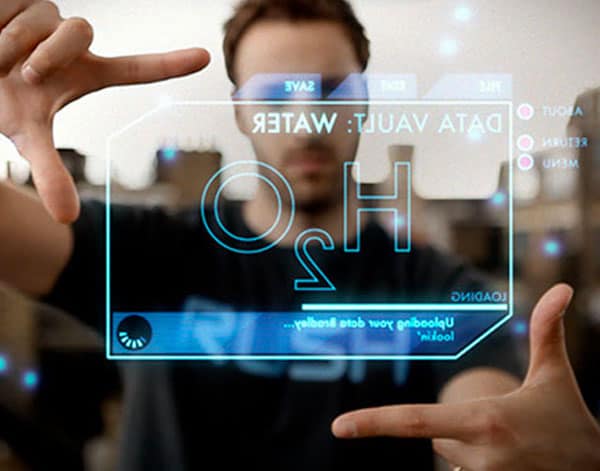


Light Fields
One of the biggest secrets in AR app development is light field technology. This new, robust technology acts as an alternative to 3D models or scanned photogrammetry, providing pixel based capture of real world objects. For marketers, this is a more exact representation. For developers, it is much faster and accurate to create. And for users it is hyper detailed, even beyond a device’s processing power. We’re excited to share some of Cubicle Ninjas’ advancements in light field technology later in 2018!
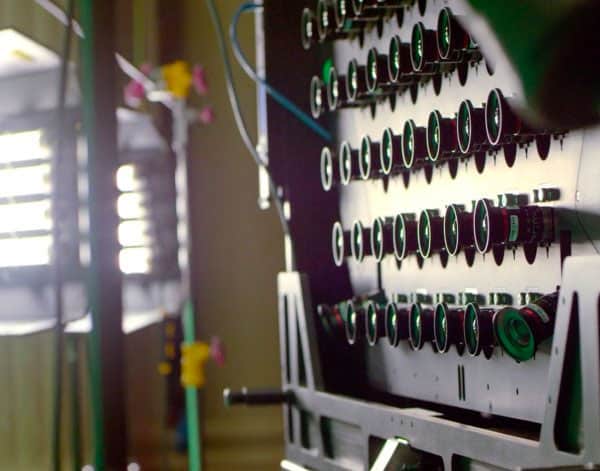


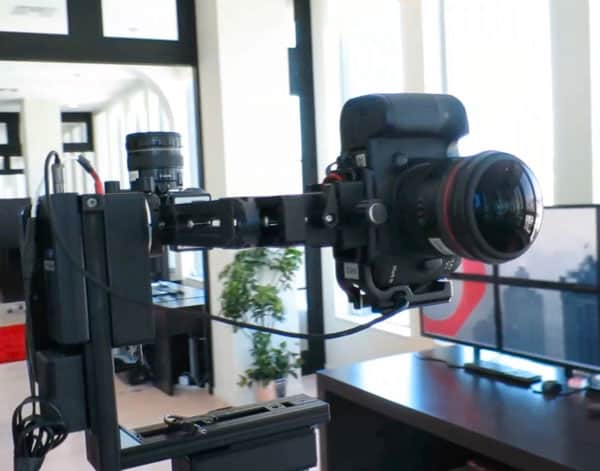
Packaging Integration
In 2017, augmented reality apps began branching out to breathe life into traditional static objects. Users can now have digitally interactive experiences with real-world products and packaging. Not only does this incentivize users to purchase specific brands, but it also helps strengthen brand recognition and storytelling. Be our guest, indeed!
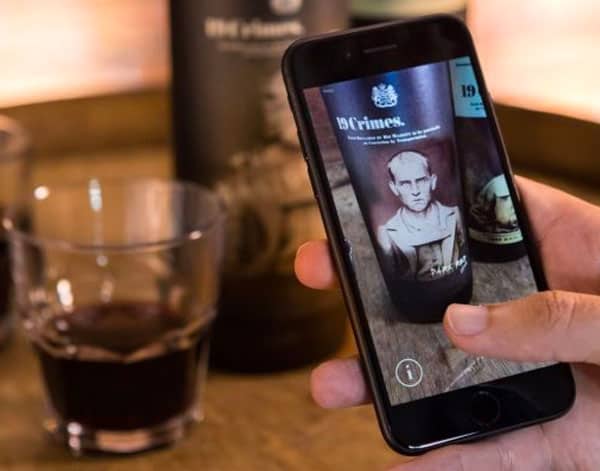
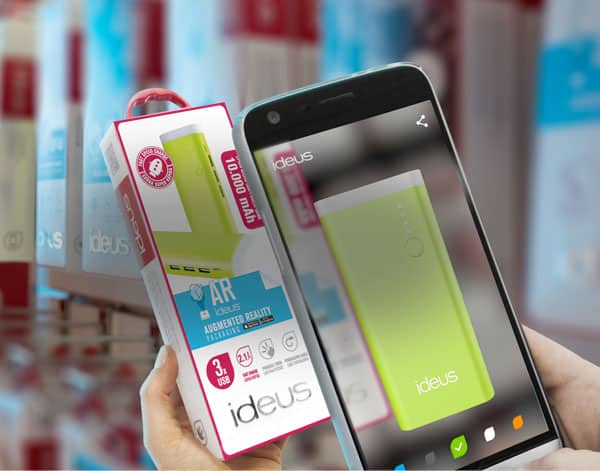

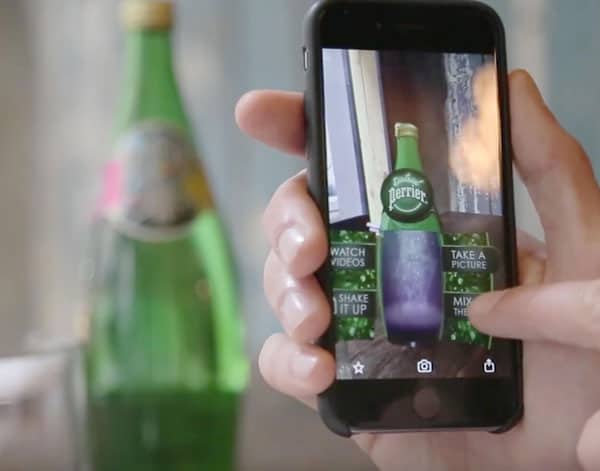
Immersive Brand Experiences
This year we saw major brands like L’Oréal, Pepsi MAX, and Acura explore AR app development as a sales and marketing strategy. Forget digital mailers and coupon codes, augmented reality offers immersive brand experiences with products completely customized to the individual consumer. Advertising has never been this high-tech.
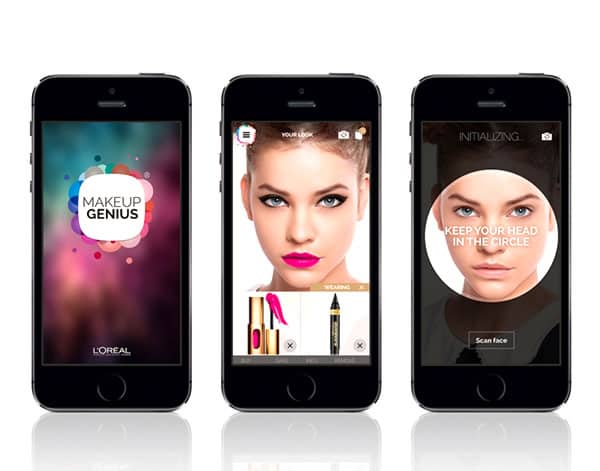
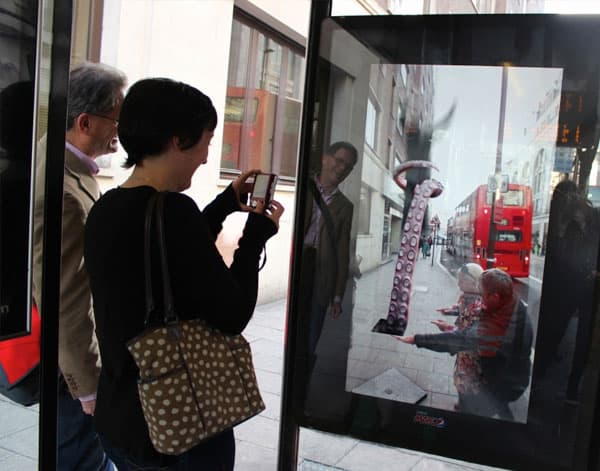


AR Goes Built-In
Tech behemoths Apple and Google both launched frameworks to natively support AR. With these frameworks come more advanced augmented reality features and capabilities, ensuring consumers more immersive experiences.
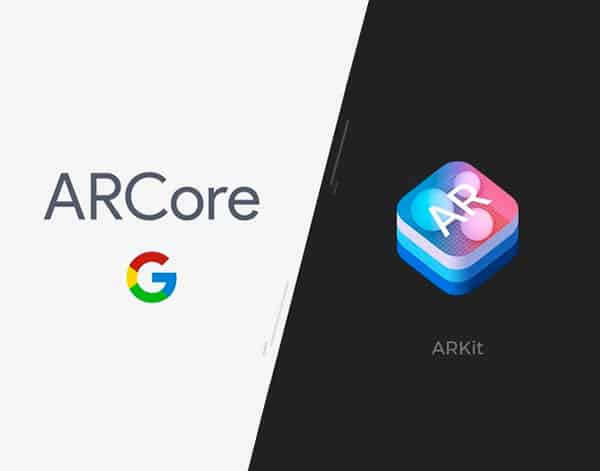
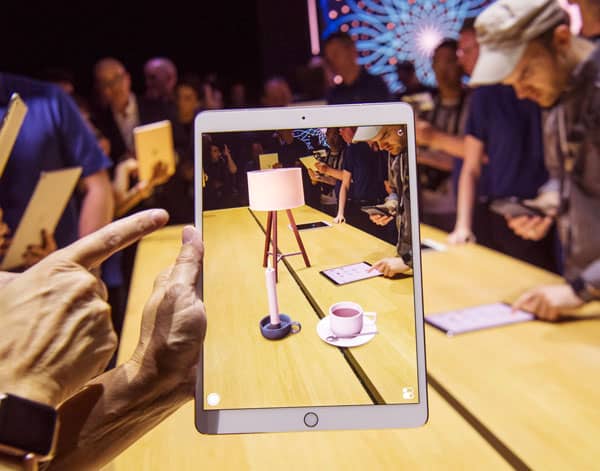

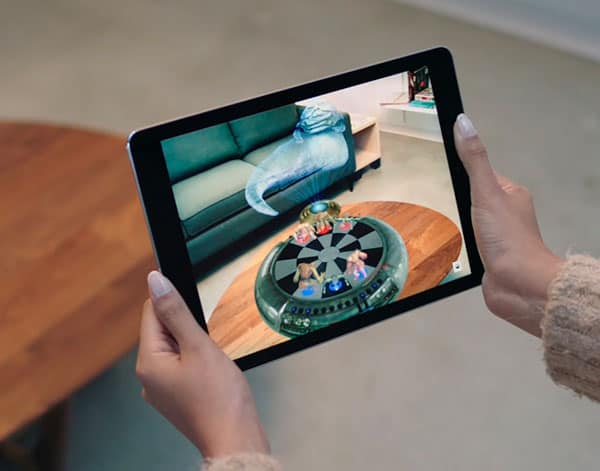
Enhanced Gaming Experiences
2017 was the year AR gaming went viral with the continued success of Pokemon Go and announcement of a similar Harry Potter game in development. We expect augmented reality apps to continue to push the limits of AR tech and amaze consumers.
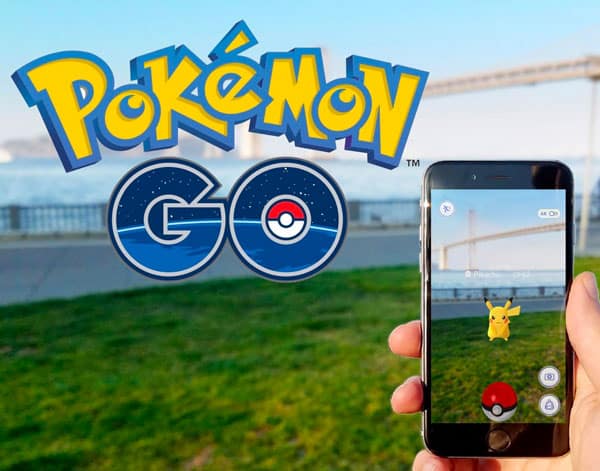
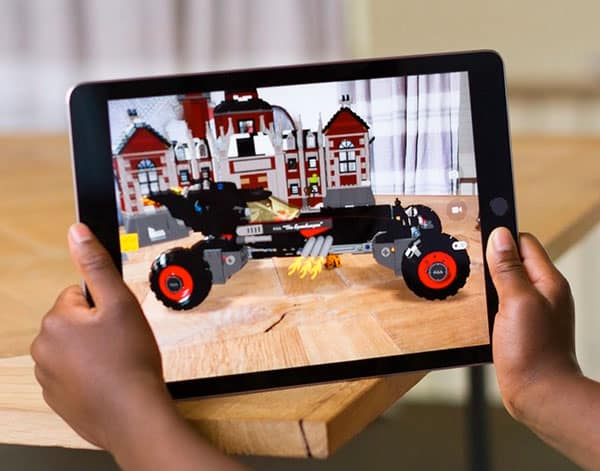
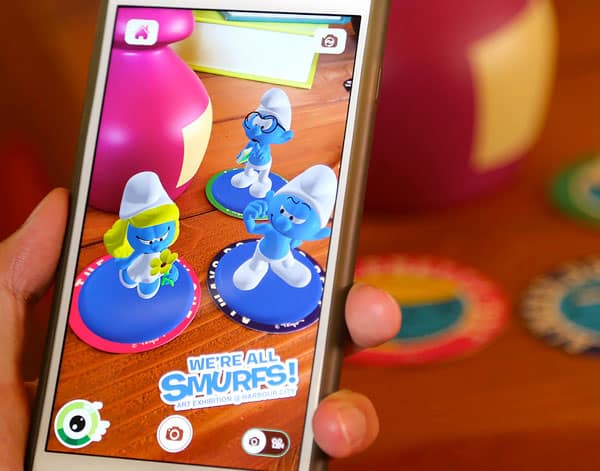
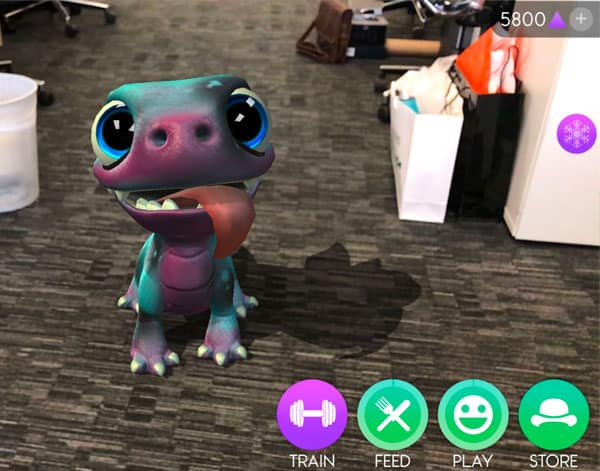

Expecting Instant Adoption
Many people are believing AR will take over the world, but these expectations are incorrect. Augmented reality is a slow growth market. But as the tech gets smaller, cheaper, and more powerful, AR will be the future of our lives.
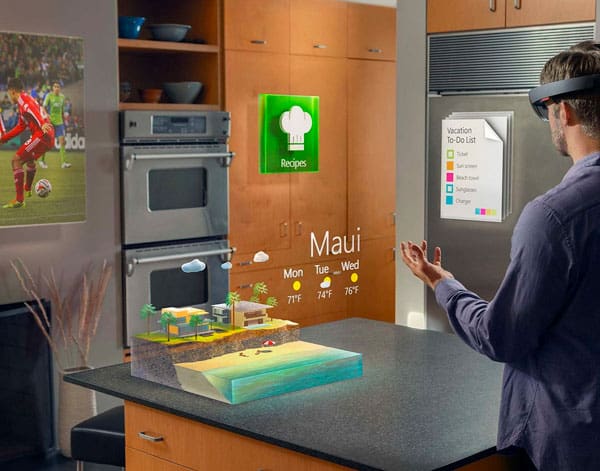
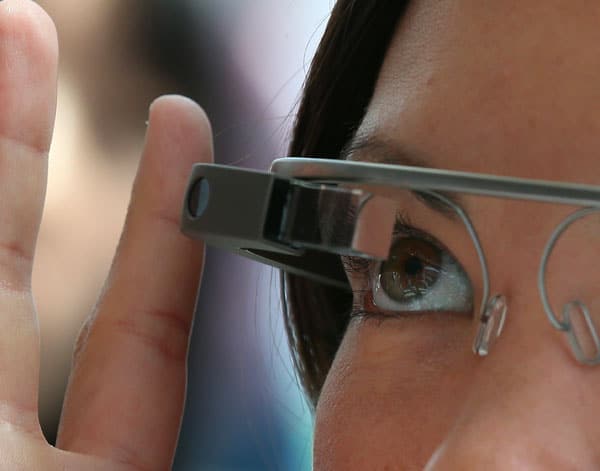
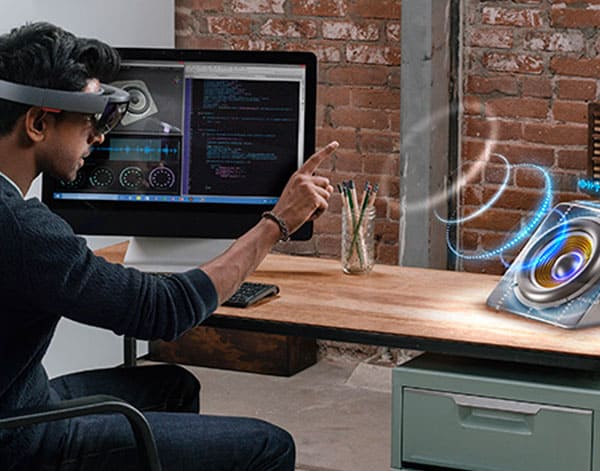

Lack of Consumer Knowledge
Despite major platforms like Snapchat and Pokémon Go bringing AR into the mainstream, there is still a major lack of awareness among consumers. This includes a lack of understanding about AR technology, app availability, and future potential. This year, we saw VR consistently outrank AR in online search queries globally.


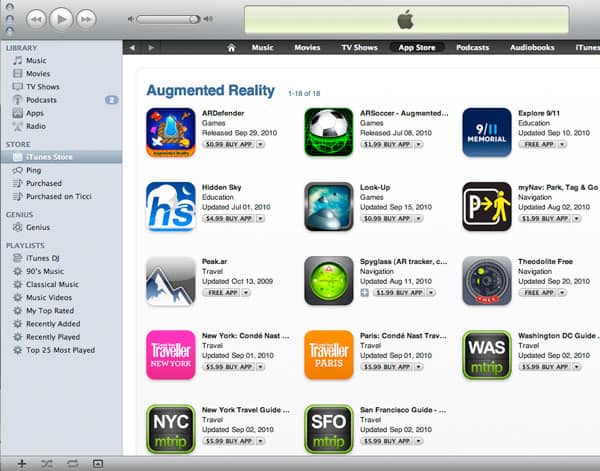
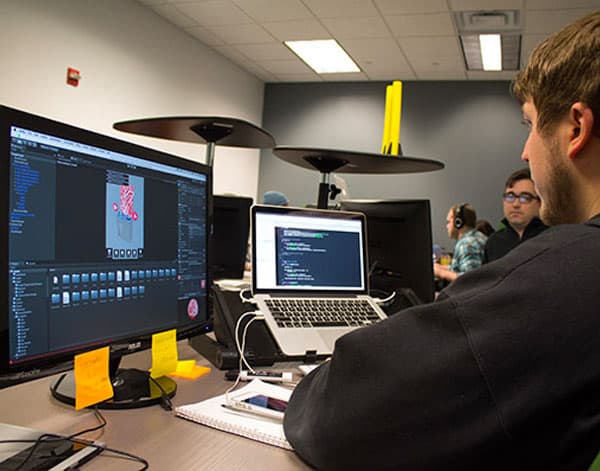
Labeling AR as a Passing Trend
AR app development is still in its infancy. New innovations and advancements are constantly being worked on by talented designers and developers. However, the rapid rise and fall of AR-based apps this year (as well as memes based on augmented characters!) undercuts the technology’s true potential to enhance the way society functions.




Ignoring the Hazards of Navigating in the Real World
Pokémon Go was credited with an increase in automobile accidents after users discovered they could play while driving. The game’s creators have since remedied this danger by making the app unplayable at certain speeds, but distracted navigation in real-world settings continues to be a problem with augmented reality apps.
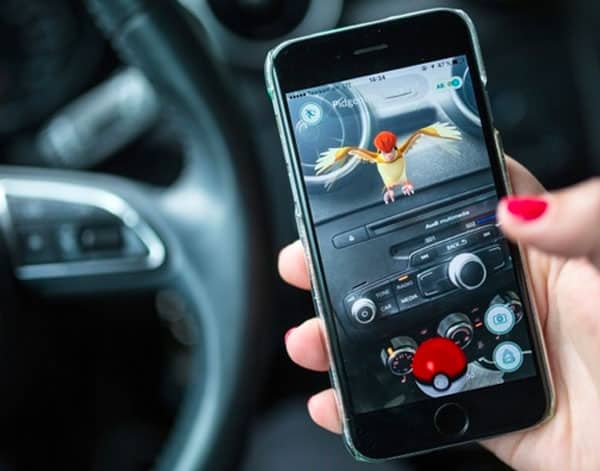

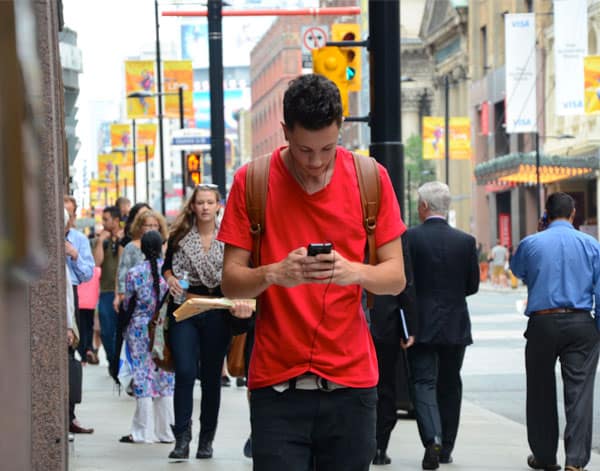


Automotive HUD Display
Arguably the most practical, universal application of AR technology on the consumer market today, head-up displays are offered as stand-alone devices or built right into new cars. What’s awesome about HUDs is their melding of technology with safety, which is why we predict this to be one of the top augmented reality trends in 2018.



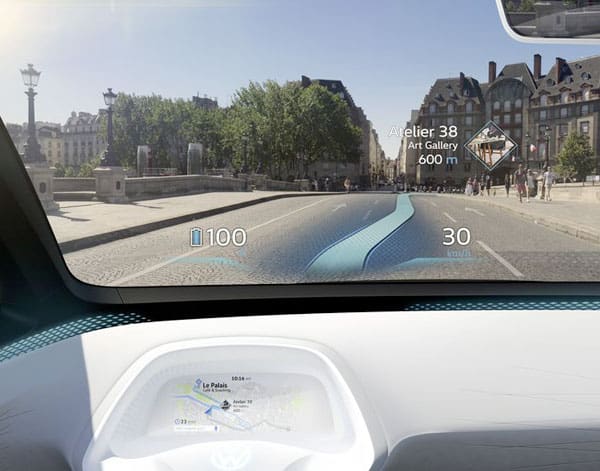
AR Shopping
The advent of the Internet changed the way the world functioned – especially the retail industry. In 2018, we foresee augmented reality playing a large role in shifting consumers’ approach to shopping. Major brands like Target are already jumping on AR’s retail opportunities with apps that allow users to digitally place products in their home before purchase.
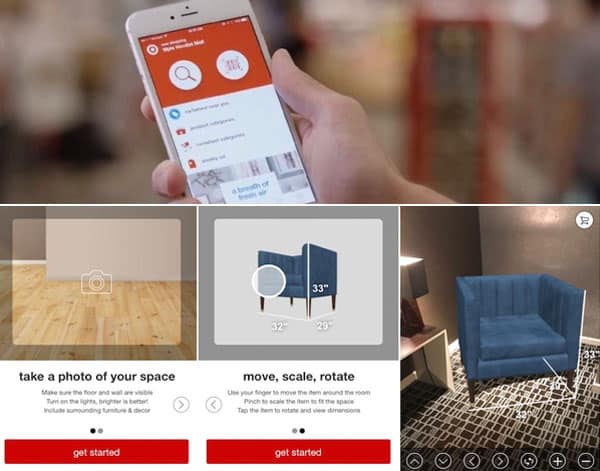
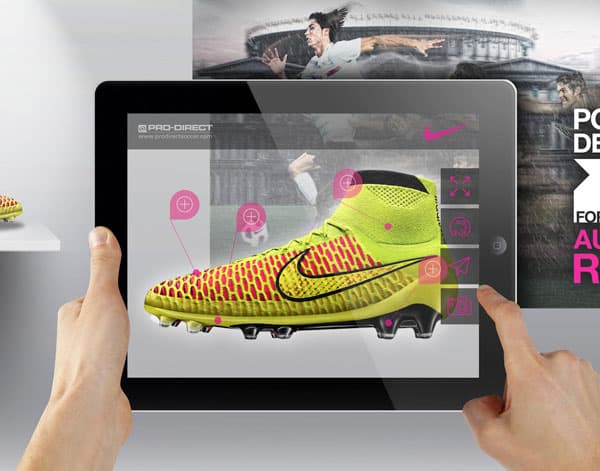
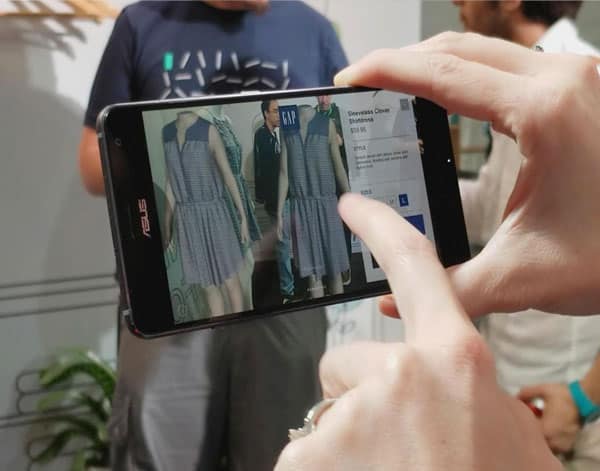
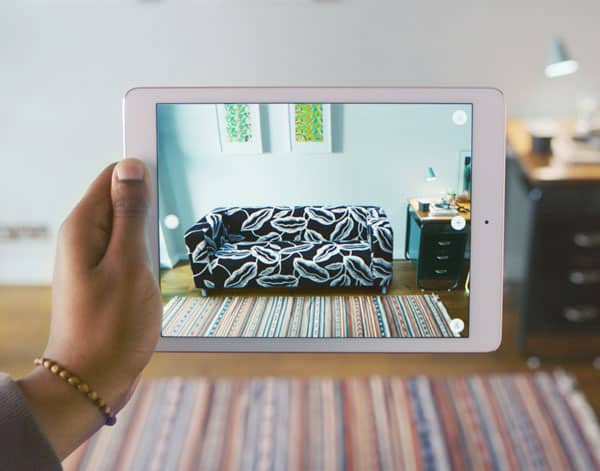
Augmented Reality Glasses for the Consumer Market
Google Glass, Oculus, and HoloLens are all battling for this revolutionary achievement. Although we don’t have widely-accessible AR glasses yet, we believe this will be a game changer when it finally hits the consumer market.

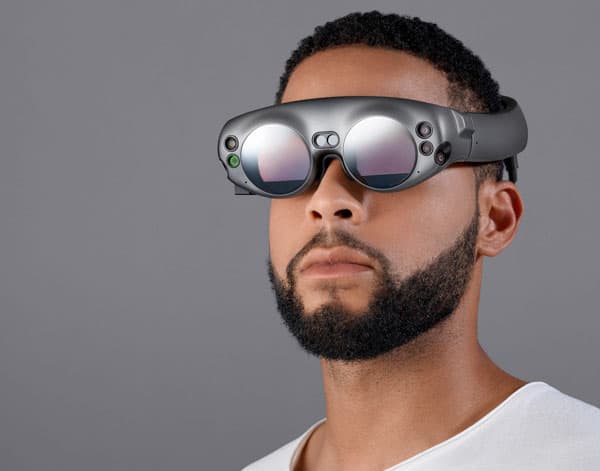

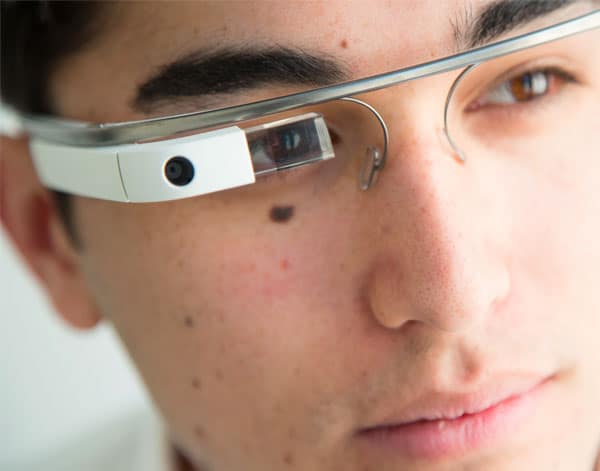
Takeaway: Augmented reality continues to create more immersive, interactive experiences on the consumer level. In 2018, we expect more brands to leverage this budding technology to increase sales and promote new product launches.






